Where can I get radiofrequency microneedling treatment?
You can use the Find a Practitioner tool on this website to find a good, reliable practitioner for radiofrequency microneedling treatment.
How much does radiofrequency microneedling cost?
The costs of radiofrequency microneedling will depend not only on what device the clinic is using but also the areas you are having treated and your postcode. Typically treatment will cost anywhere between £400 and £1,000.
You will normally need to have a course of treatments to get the best results.
How long does radiofrequency microneedling take?
A typical radiofrequency microneedling treatment takes between 15 and 60 minutes, depending on the area being treated and the device the practitioner is using.
Before some of the more intense sorts of radiofrequency treatments, you may need to have anaesthetic cream applied to the treatment area, and to wait 20-30 minutes for the cream to take effect.
Can RF microneedling reduce fat in the jowls?
Yes it can – it depends how deep the needles delivering the RF energy reach into the skin. If that RF energy is directed into the fat tissue, its heat can melt it. If you’ve got too much fat in the face, this sounds like a great idea. If you don’t have much fat in your face, your practitioner will keep the needles away from the fat, and concentrate on stimulating the lower layer of the skin.
How often do you need radiofrequency microneedling treatments?
You will typically need around four radiofrequency microneedling treatments at regular intervals, every three to eight weeks. This allows your skin to heal in between treatments. Some practitioners recommend more treatments or top-up treatments to maintain results. It can take three to six months to see results.
How long does radiofrequency microneedling last?
The effects of radiofrequency microneedling treatment should be long-lasting – usually up to a year – however this depends on your own baseline (the quality of your skin before treatment) and your lifestyle factors i.e. how you look after your skin post treatment and whether you drink/smoke/eat an unhealthy diet or sunbathe.
Your practitioner will likely recommend that you continue to have maintenance treatments to preserve the effects as long as possible.
Are there any side effects to radiofrequency microneedling?
Radiofrequency microneedling treatment can have side effects. It is using both heat and needles, so there is the potential for things to go wrong, albeit very rarely.
Side effects can include:
- Bleeding
- Redness
- Bruising
- Itching
- Herpes/cold sore breakout
- Dryness
- Pin prick marks on the skin
What is it like to have radiofrequency microneedling?
In my experience, it’s challenging, but it’s worth it as the treatment gets great results. If you have already flinched at the mention of repeated needling – you’re right, it is not comfortable, but your practitioner will give you enough numbing cream beforehand to make sure that you are comfortable.
First, you will have a consultation with your practitioner and a discussion of your treatment goals.
On the day of treatment, your appointment will start with the application of anaesthetic cream for up to half an hour, which is cleaned off before treatment starts.
Your practitioner will work the device steadily across the areas to be treated, delivering needled shots of radiofrequency energy as they go, until all areas of the skin have been covered.
You will feel a prickly buzz from the needles, but it should be tolerable.
Your skin will feel warm once treated.
Your skin will look really quite red after treatment – the sort of colour where you will prefer not to have to take public transport home.
This redness will calm down over the next day or two, and will look like a fading sunburn. Your skin will start to feel a little rough as it heals, as the channels of damage in the skin will be healing up and creating new collagen, and pushing out the old, dead skin cells on the surface.
As the new skin comes through, it will leave the whole surface of the skin smoother, firmer and tighter.
You will see the best results after a course of treatment.
What is fractional radiofrequency and is this the same as radiofrequency microneedling?
Yes, effectively radiofrequency microneedling is the same as fractional radiofrequency but different to fractional lasers, which use concentrated light to bore tiny channels of damage into the skin in order to stimulate the wound-healing response.
Fractional radiofrequency and radiofrequency microneedling treatments seek to make the same sort of deeper channels of damage into the dermis, the layer of the skin where the collagen lies. The treatment head of the radiofrequency device is equipped with a large number of tiny needles. These are driven into the skin, and the radiofrequency energy is driven through them, deeper into the skin.
Is radiofrequency microneedling safe for darker skin?
Yes, radiofrequency microneedling is safe to use on all skin types.

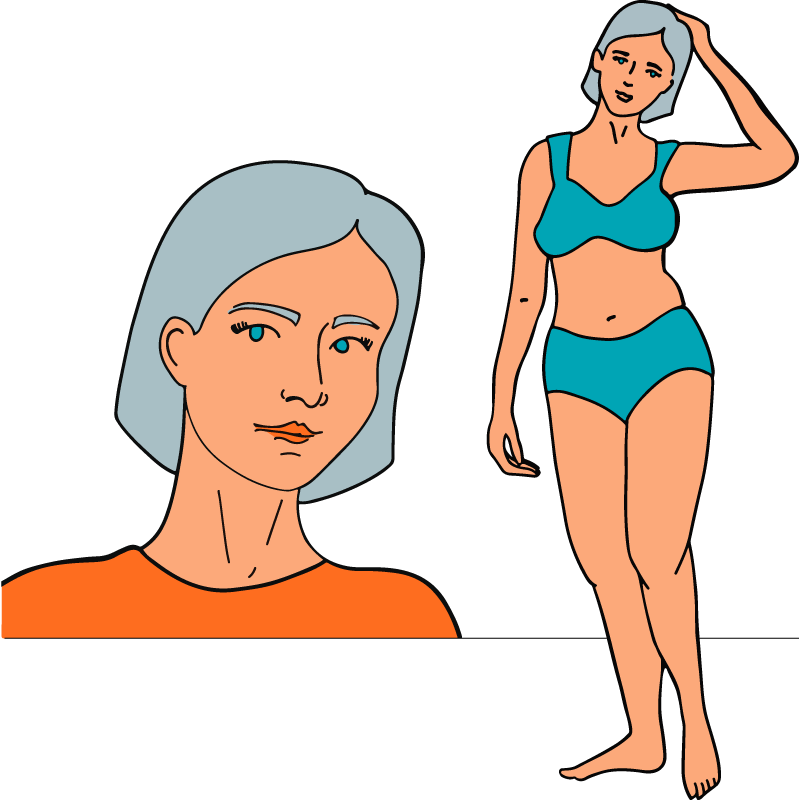

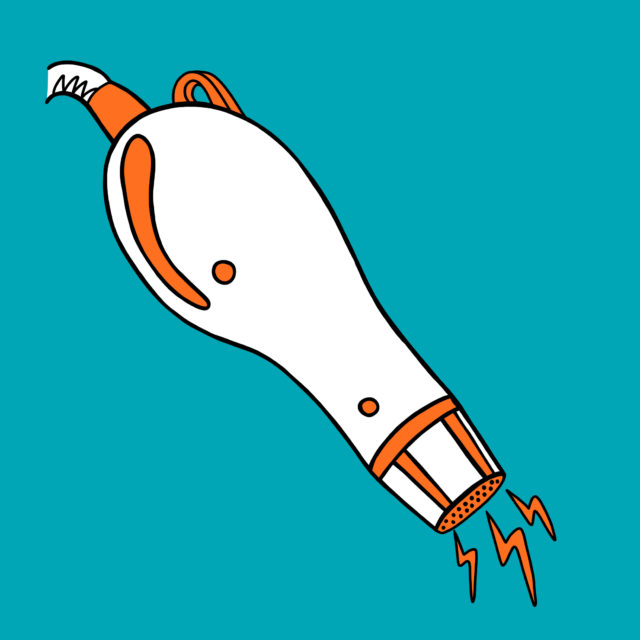
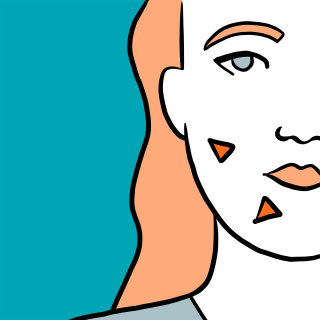
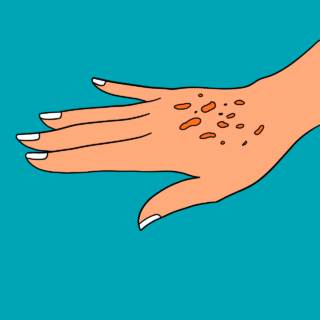
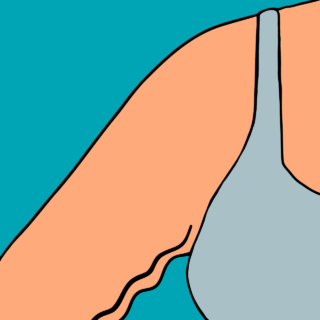
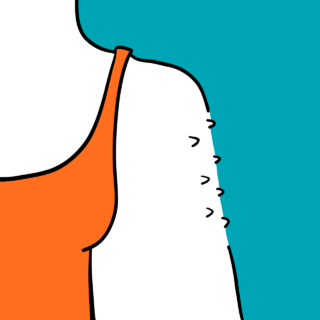
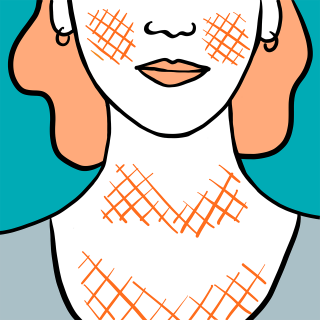
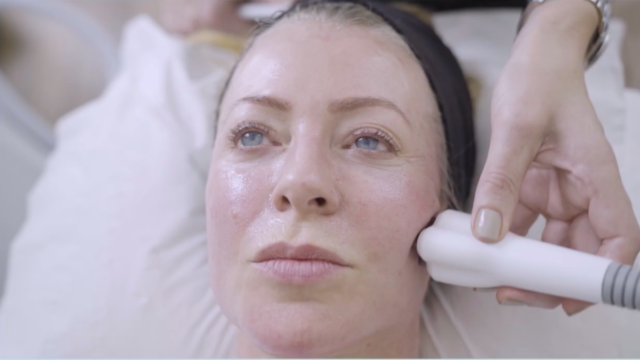
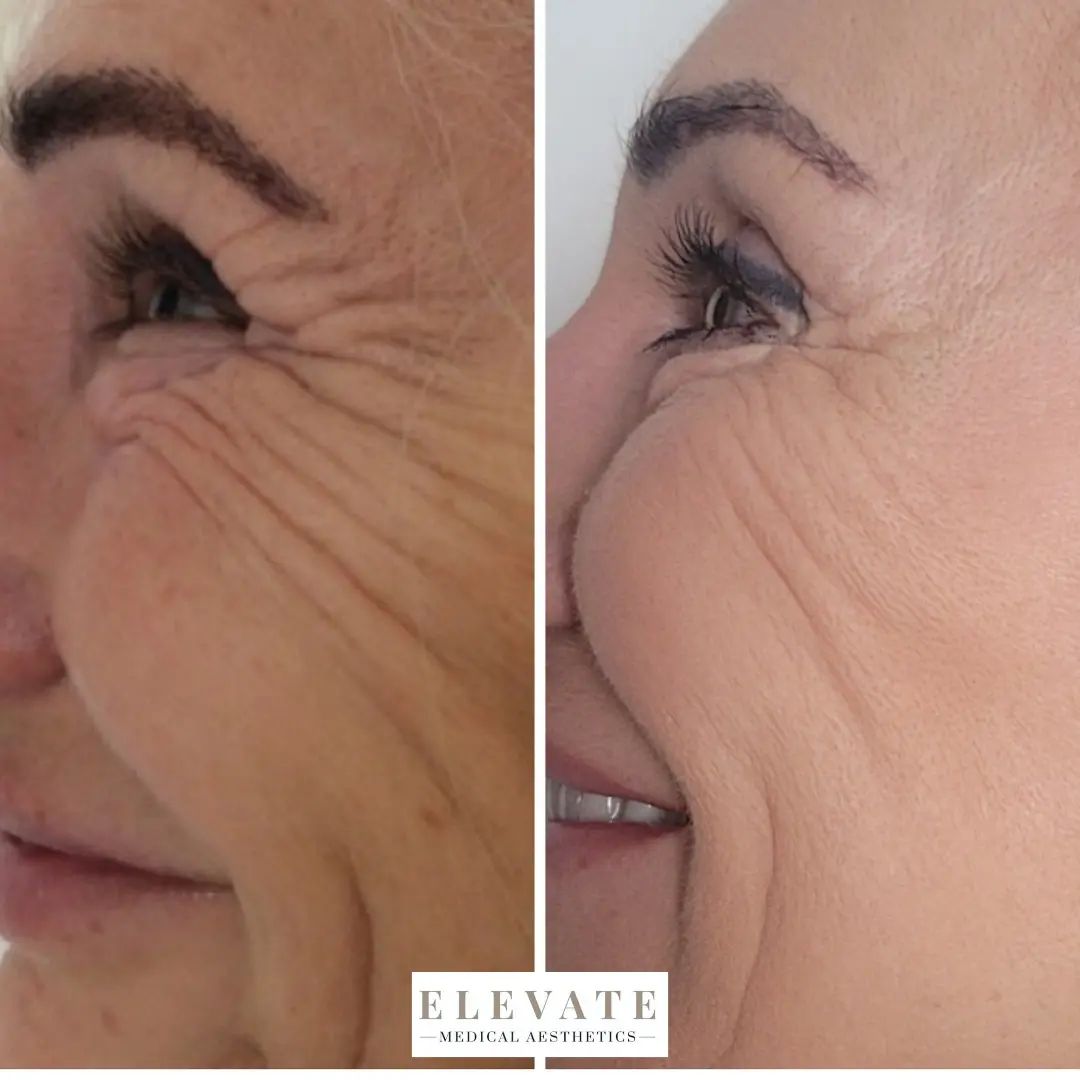
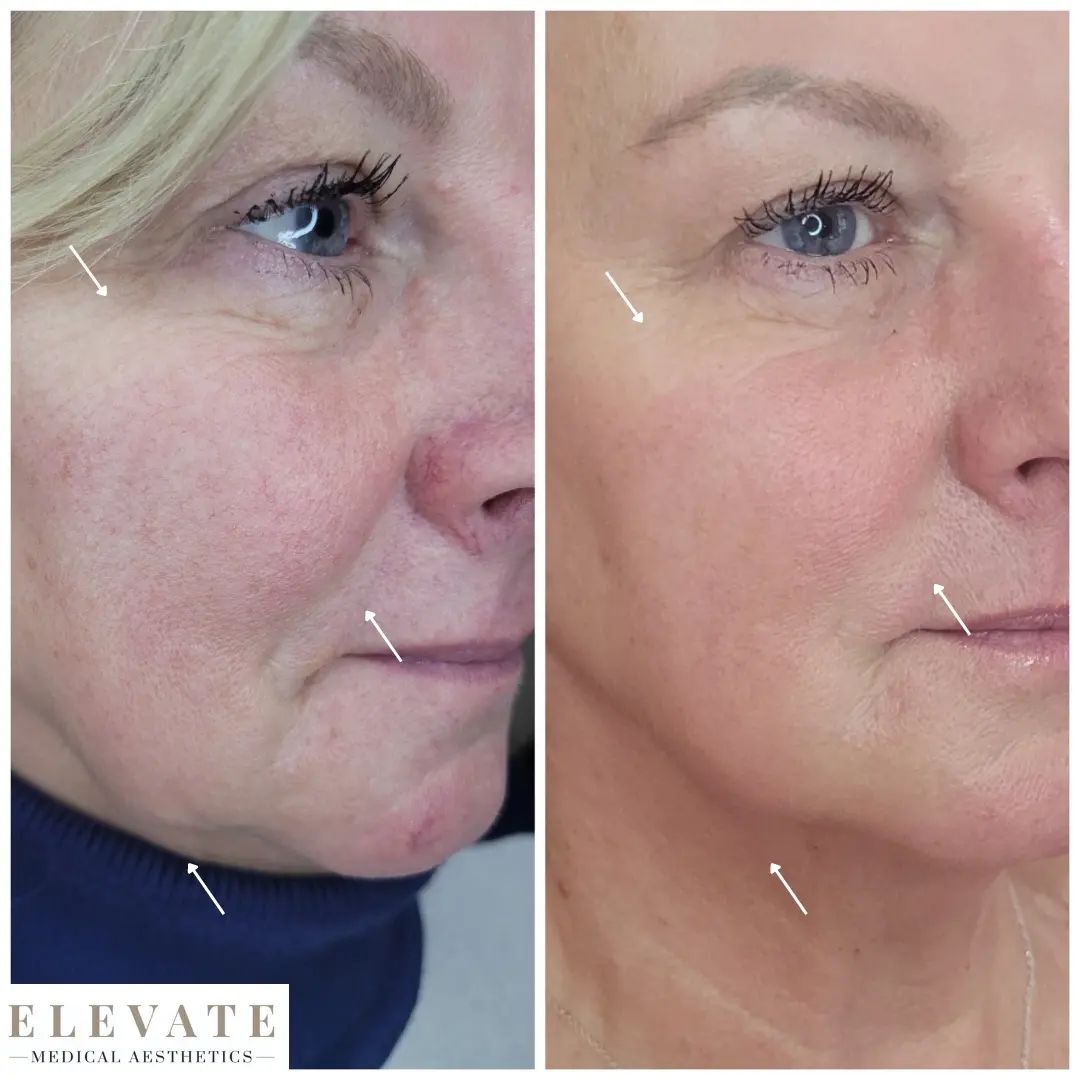
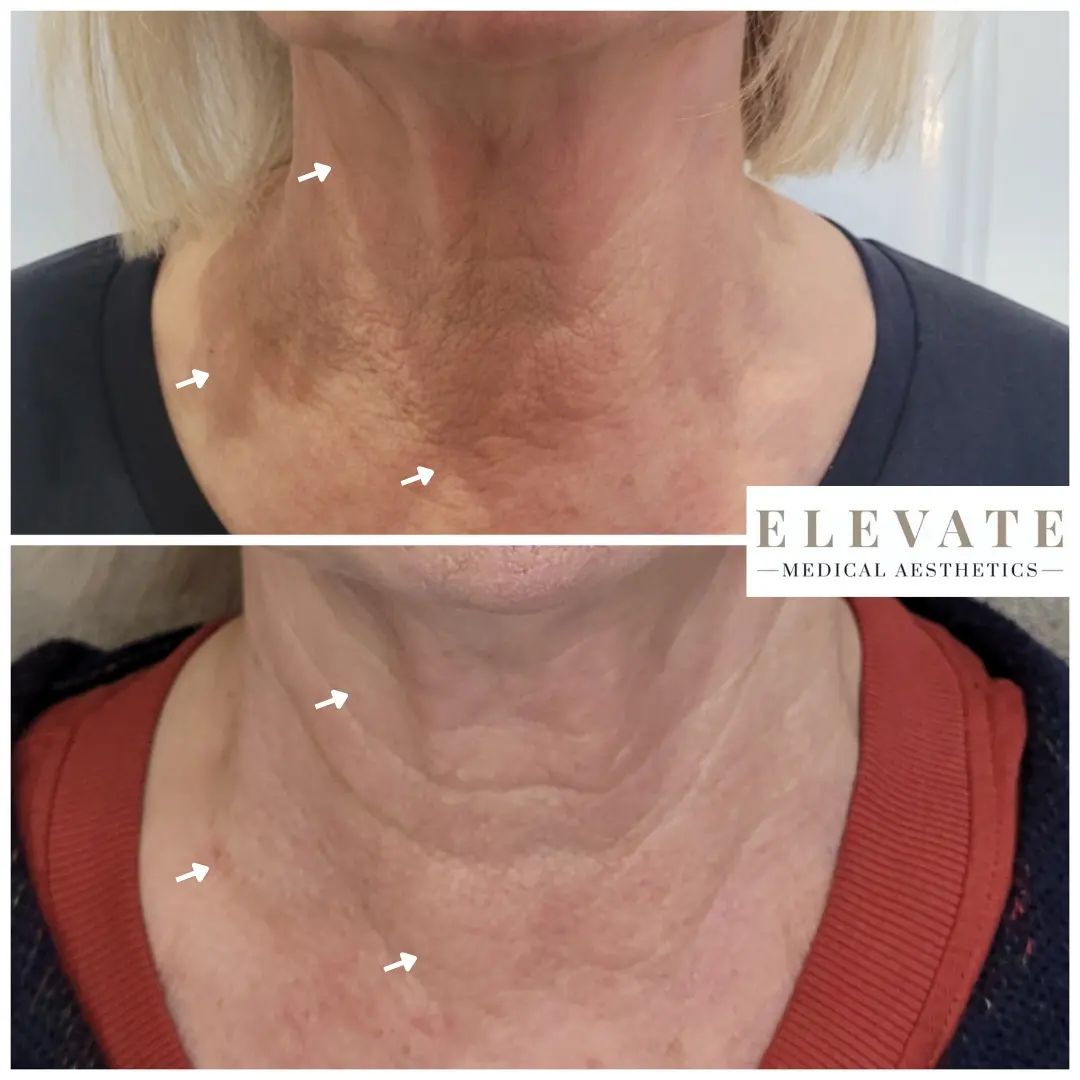
 The Tweakments Chatbot
The Tweakments Chatbot